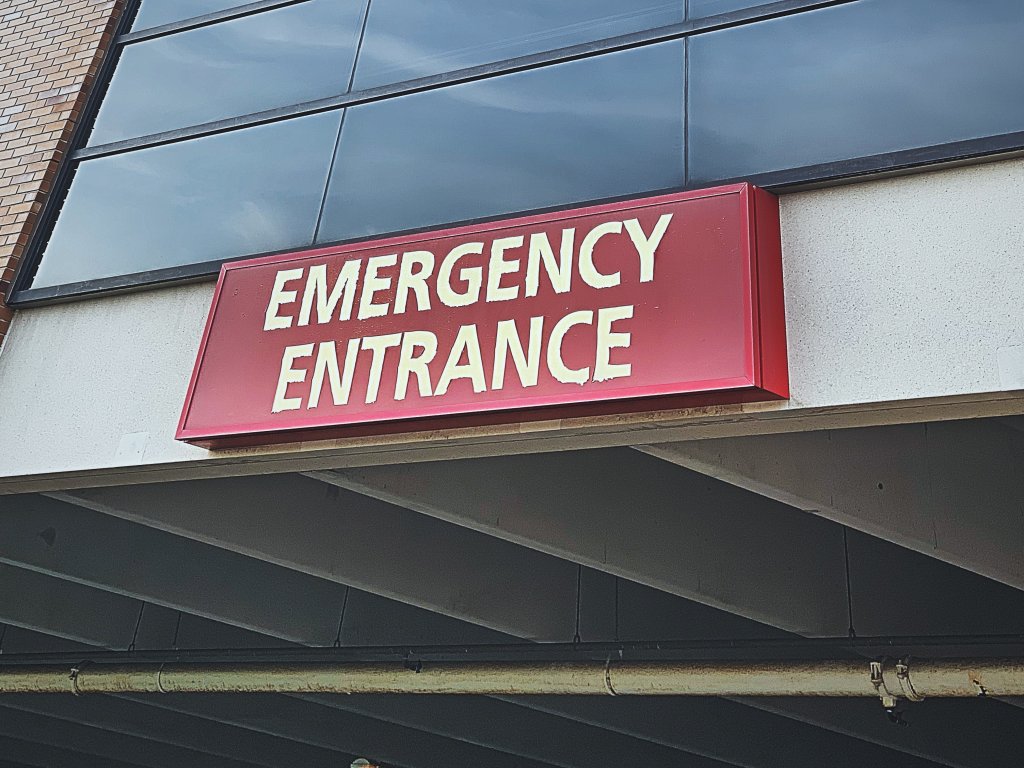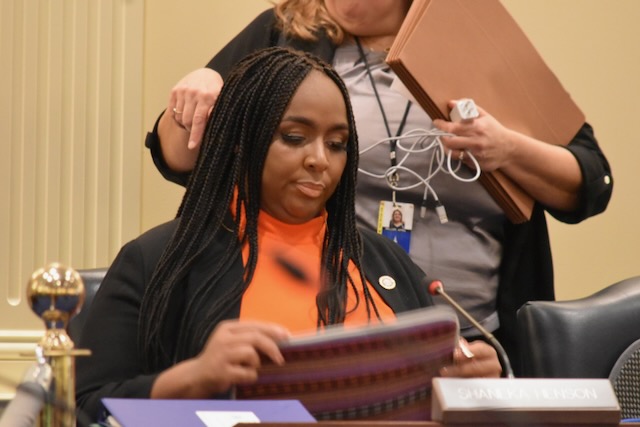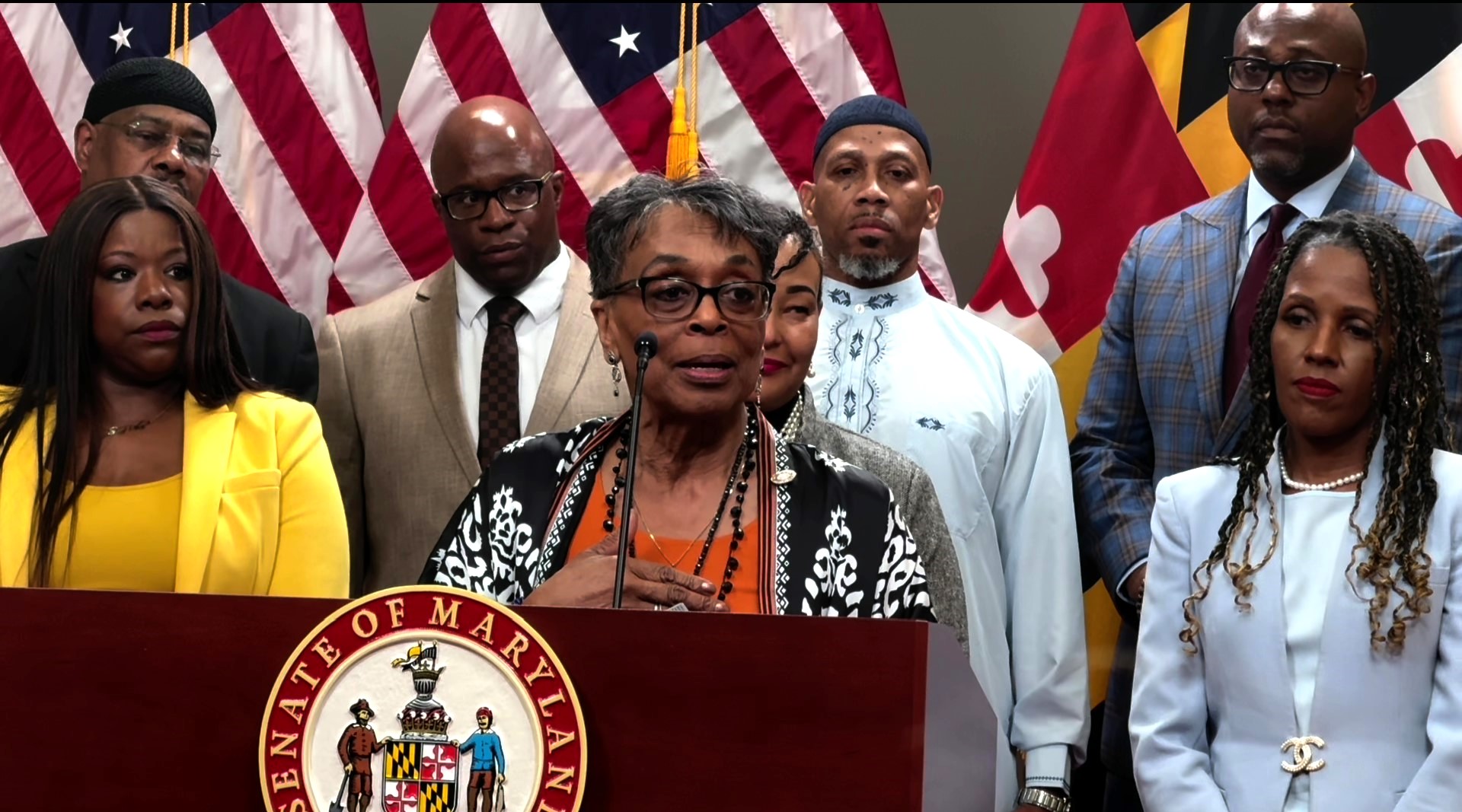
By James Timpson and Kurtis Palermo
Timpson is director for community partnership and safety for Roca Maryland. Palermo is vice president of Roca Maryland.
Maryland had the ninth highest homicide rate in the nation in 2020 and, keeping with national trends, the number of murders spiked in several Maryland areas in 2021, including Prince George’s and Montgomery counties.
We know the story in Baltimore: 78 homicides in 2022, as of April 1. In the first 25 days of the year, there was more than one murder a day.
There is broad agreement more must be done and organizations like Roca, where we work, are making an impact. For nearly 35 years, Roca has been working with the highest risk young men and women, those most likely to be victims or perpetrators of violence, and changing the trajectory of their lives.
Our success is rooted in our relentless outreach and focus on using brain science to support long-term behavior change. In addition, to address retaliatory violence, we implemented a citywide after-shooting protocol for young, male victims of nonfatal shootings that resulted in 40 new enrollees to our program.
We believe we are making a difference.
In 2021, we served 240 young men. More than 80% of participants actively practiced and applied our cognitive behavioral therapy, or CBT, which helped more than 4 of 5 participants in this group realize measurable improvements in their behavioral health. Nearly 90% of them participated in educational, vocational, life skills or transitional employment programming. And, among those enrolled in the program for two or more years, more than 80% had no new arrests.
While we are grateful for the opportunity to work with the highest-risk young people in Baltimore, and enormously proud of the positive impact our team makes daily, we know all too well that the level of violence continues to escalate — both in and beyond the streets of Baltimore.
To stem the tide, we must do more.
Last year, President Biden’s administration encouraged states to consider expanding Medicaid to include violence prevention as a reimbursable service. Shortly thereafter, Connecticut became the first state in the nation to pass legislation authorizing such an expansion.
And now, thanks to the leadership of state Sen. Charles E. Syndor III (D-Baltimore County), Maryland has an opportunity to lead the nation forward in violence prevention by passing Senate Bill 350.
Why should we turn to Medicaid to help stem the tide of violence on our streets?
First, it’s a wise financial investment. The current cost associated with violence prevention programs is paid by the state and local governments. Expanding Medicaid would provide access to federal funds that would relieve the state of half the cost of violence prevention services.
Another way of looking at it: The state could double the size of violence prevention services without increasing the state budget.
An increased investment in effective violence prevention programs would also create cost savings within Medicaid. In 2016, more than $1.1 billion was spent in the United States for health care to treat shooting-related injuries, and it is estimated that more than half of these costs are covered by Medicaid.
If we can engage more young men who are a high risk to shoot or be shot and teach them to actively use cognitive behavioral therapy, we can save taxpayers a lot of money while doing the important work of saving lives.
Second, Medicaid expansion provides a unique opportunity to elevate and enhance violence prevention. We should recognize violence prevention for what it is: a behavioral health service for high-risk young people who have experienced significant trauma and typically struggle with a range of other challenges that increase their vulnerability, including homelessness, substance abuse, challenged educational systems, high rates of unemployment and gang involvement.
Unless and until these people are victims of violence, they don’t generally engage the health care system, and they can’t or won’t access behavioral health care. And, even if they did seek out traditional behavioral health, a severe shortage of professional clinicians — especially in communities plagued with high levels of violence — would mean that they would struggle mightily to find a provider to help them.
The invitation the state of Maryland has received from the federal government to leverage Medicaid for violence prevention provides an unprecedented opportunity to build a much-needed behavioral health workforce and provide more resources and training for those working on the front lines to engage the most disenfranchised and traumatized, reduce levels of violence and save lives.




 Creative Commons Attribution
Creative Commons Attribution